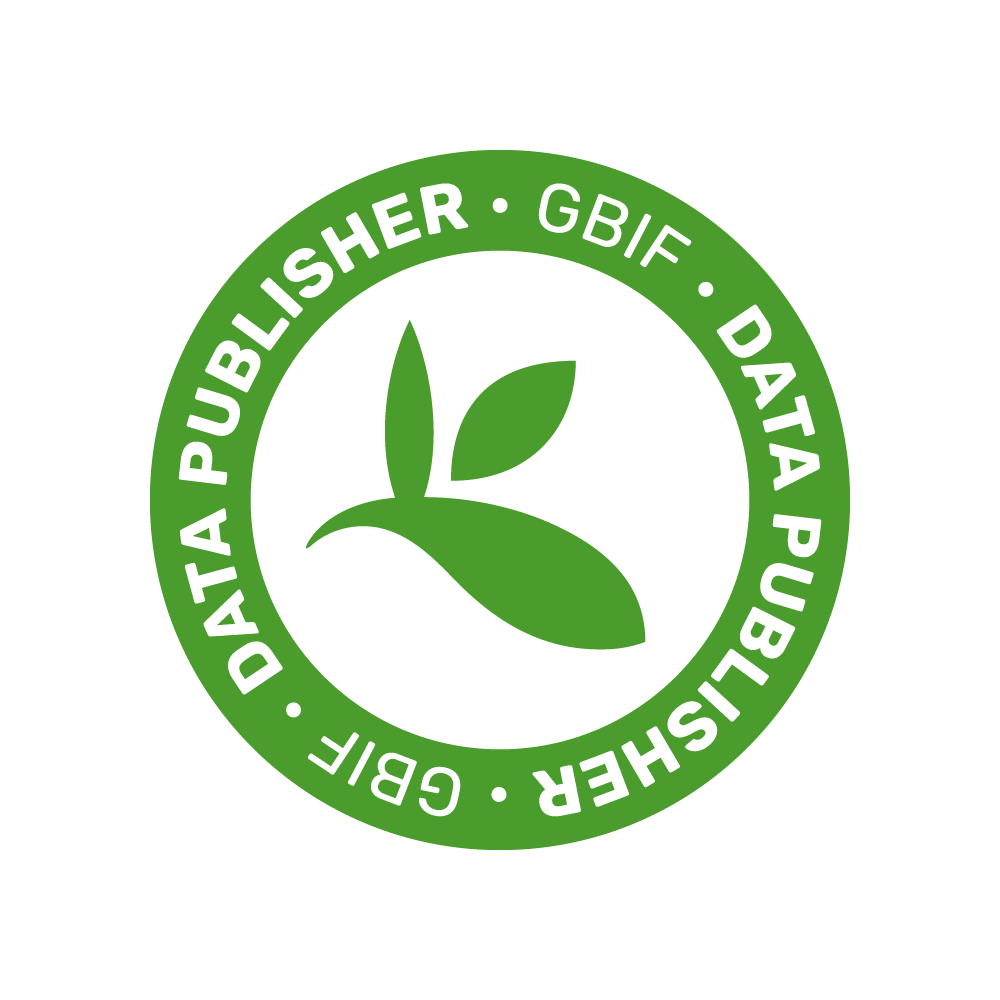Paolo Bergamo
Role: Researcher
Section: Researchers and Technologists
Division: Naples
Tel: (39) 081-6132305
E-mail: paolo.bergamo[at]cnr.it
URL: http://ibbr.cnr.it

Education and Training
1987 Bachelor degree in Biological Science "summa cum laude", University "Federico II" of Naples, Italy
1987-1989 Postgraduate training at the Stazione Zoologica "Anton Dohrn", Naples, Italy
1990-1991 C.N.R. fellowship award at the Institute for the Animal Production System in the Mediterranean Environment (CNR-ISPAAM) of Naples
1993-1997 Researcher (temporary position) at the CNR-ISPAAM
1998-2002 Researcher at the CNR-ISPAAM,
2003-2021 Researcher at the Institute of Food Sciences, (CNR-ISA), Avellino
2021-present Institute of Biosciences and Bioresources (CNR-IBBR), Naples
Scientific Activities
My research aimed at evaluating the modulatory ability of bioactive molecules on oxidoreductive homeostasis (redox status) in in vitro and in vivo models and at investigating the underlying mechanisms involved in its fine tuning. In particular, the modulatory ability of dietary supplementation with food (milk), plant extracts (olive, prunus mahaleb), specific molecules (gliadins, fructose, catechins) or fatty acids mixtures (Conjugated Linoleic Acid, CLA; omega-3 PUFA) on animal redox status has been investigated.
My interest is mainly focused on biological activities of CLA, which is a collective name used for indicating the equimolar mixture of 2 linoleic acid (C18:2) isomers, namely cis9, trans11 and trans10,cis12. It was shown that the ability of dietary CLA to improve antioxidant/detoxifying defenses in different organs (liver, spleen, muscles) was associated to the activation of the main regulator of redox homeostasis (nuclear erythroid-related factor 2 pathway; Nrf2). Next, the involvement of NADPH oxidase and of mitochondrial metabolism in CLA-mediated activation of Nrf2 was highlighted. Owing to role of Nrf2 pathway as therapeutic target to combat neurodegenerative disease, current studies are focused on the neuroprotective efficacy of CLA.
Recently, I have participated to studies aimed at investigating the effects of environmental pollution on male fertility. In this context, the efficacy of diet and of physical activity in restoring redox status alteration in blood and seminal plasma of healthy young man living in highly polluted area have been examined.
Since 2004 I was collaborating as reviewer with several international journals (including Life Sci, J Leuk Biol, Free Radic Biol Med, Mol Nutr Food Res, Biochimica and Biophysica Acta, Br J Nutr, PlosOne, J Funct Foods, Eur J Nutr, Antioxidants, Pharmaceuticals).
Recent publications (5 years)
Dias R, Bergamo P, Maurano F, Rotondi Aufiero V, Luongo D, Mazzarella G, Bessa-Pereira C, Pérez-Gregorio M, Rossi M, Freitas V. First morphological-level insights into the efficiency of green tea catechins and grape seed procyanidins on a transgenic mouse model of celiac disease enteropathy. Food Funct (2021) 12:5903-5912.
Di Cristofano M, Ferramosca A, Di Giacomo M, Fusco C, Boscaino F, Luongo D, Lombardi-Aufiero V, Maurano F, Cocca E, Mazzarella G, Zara V, Rossi M, and Bergamo P. Mechanisms underlying the hormetic effect of conjugated linoleic acid: focus on Nrf2, mitochondria and NADPH oxidases. Free Radic Biol Med (2021) 167:276-286
Mollica MP, Trinchese G, Cimmino F, Penna E, Cavaliere G, Tudisco R, Musco N, Manca C, Catapano A, Monda M, Bergamo P, Banni S, Infascelli F, Lombardi P, and Crispino M. Milk fatty acids profile in different animal species: focus on potential effect of selected PUFAs on metabolism and brain functions. Nutrients (2021) 13: 1111.
Montano L, Ceretti E, Donato F, Bergamo P, Zani C, Viola GCV, Notari T, Pappalardo S, Zani D, Ubaldi S, Bollati V, Consales C, Leter G, Trifuoggi M, Amoresano A, and Lorenzetti S; FASt study group. Effects of a Lifestyle Change Intervention on Semen Quality in Healthy Young Men Living in Highly Polluted Areas in Italy: The FASt Randomized Controlled Trial. Eur Urol Focus (2021) S2405-4569(21)00041-9.
Abrescia P, Treppiccione L, Rossi M, and Bergamo P. Modulatory role of dietary polyunsaturated fatty acids in Nrf2-mediated redox homeostasis. Progr Lipid Res (2020) 80: 101066.
Durante M, Ferramosca A, Treppiccione L, Di Giacomo M, Zara V, Montefusco A, Piro G, Mita G, Bergamo P, and Lenucci MS. Application of response surface methodology for the optimization of supercritical CO2 extraction of oil from Patè Olive Cake: yield, content of bioactive molecules and biological effects in vivo. Food Chem (2020) 332: 127405:
Luongo D, Treppiccione L, Maurano F, Rossi M, and Bergamo P. The murine enterocyte cell line Mode-K is a novel and reliable in vitro model for studies on gluten toxicity. Food Chem Toxicol. (2020) 140:111331.
Trinchese G, Cavaliere G, Cimmino F, Catapano A, Carta G, Pirozzi C, Murru E, Lama A, Meli R, Bergamo P, Banni S, and Mollica MP. Decreased metabolic flexibility in skeletal muscle of rat fed with high fat diet is recovered by individual CLA isomers supplementation via converging protective mechanisms. Cells (2020) 9(4). pii: E823.
Di Meo F, Cuciniello R, Margarucci S, Bergamo B, Petillo O, Peluso G, Filosa S. and Crispi S. Ginkgo biloba Prevents Oxidative Stress-induced apoptosis blocking p53 activation in neuroblastoma cells. Antioxidants (Basel) (2020) . 9(4) pii: E279.
Spagnuolo MS, Bergamo P, Crescenzo R, Iannotta L, Treppiccione L, Iossa S, and Cigliano L. Brain Nrf-2 pathway, autophagy and synaptic function proteins are modulated by a short-term fructose feeding in young and adult rats. Nutr Neurosci (2020) 23: 309-320
Di Giacomo M, Zara V, Bergamo P, and Ferramosca A. Crosstalk between mitochondrial metabolism and oxidoreductive homeostasis: a new perspective for understanding dietary bioactive compounds effect. Nutr Res Rev (2020) 33: 90-101.
Luongo D. Maurano F, Bergamo P, and Rossi M. Microbial transglutaminase: A biotechnological tool to manage gluten intolerance microbial transglutaminase (mTG). Anal Biochem (2020) 592: 113584.
Maurano F, Ogita T, Luongo D, Rotondi Aufiero V, Bergamo P, Mazzarella G, Tanabe S, and Rossi M. Cytotoxic effects precede innate immunity in the onset of gliadin-specific enteropathy in the HLA-DQ8 mice Immunobiol (2020) 225: 151903.
Ferramosca A, Treppiccione L, Di GiacomoM, Rotondi AufieroV, MazzarellaG, Maurano F, GerardiC, RossiM, Zara V, Mita G, and Bergamo P. Prunus mahaleb fruit extract prevents chemically induced colitis and enhances mitochondrial oxidative metabolism via the activation of the Nrf2 pathway. Mol Nutr Food Res (2019) 63: e 1900350.
Cigliano L, Spagnuolo, MS, Boscaino F, Ferrandino I, Monaco A. Capriello T, Cocca E, Iannotta L, Treppiccione L, Luongo D, Maurano F, Rossi M, and Bergamo P. Dietary supplementation with fish oil or conjugated linoleic acid relieves depression markers in mice by modulation of the Nrf2 pathway. Mol Nutr Food Res (2019) 63: e1900243.
Monaco A, Ferrandino I, Boscaino F, Cocca E, Cigliano L, Maurano F, Luongo D, Spagnuolo MS, Rossi M, and Bergamo P. Conjugated linoleic acid prevents age-dependent neurodegeneration in a mouse model of neuropsychiatric lupus via the activation of an adaptive response. J Lipid Res (2018) 59: 48-57.
Bergamo P, Cocca E, Monaco A, Cozzolino V, Boscaino F, Ferrandino I, Maurano F, and Rossi M. Protective effect of Rumenic acid rich cow’s milk against colitis is associated with the activation of Nrf2 pathway in a murine model. Prostaglandins Leukot Essent Fatty Acids (2017) 125:14-23
Rossi S, Luongo D, Maurano F, Bergamo P, and Rossi M. Immunomodulatory activity of recombinant α-gliadin conjugated to cholera toxin in DQ8 transgenic mice. Immunol Lett (2017) 187: 47-52.
Luongo D, Coppola A, Treppiccione L, Bergamo P, Sorrentino A, Ferrocino I, Turroni S, Neviani E, Di Cagno R, Cocolin L, and Rossi M. Modulation of the cytokine profile in Caco-2 cells by faecal lactobacilli and bifidobacteria from individuals with distinct dietary habits. Cytokine (2017) 90: 80-87.
Selected Publications
(full list available at CNR People)




